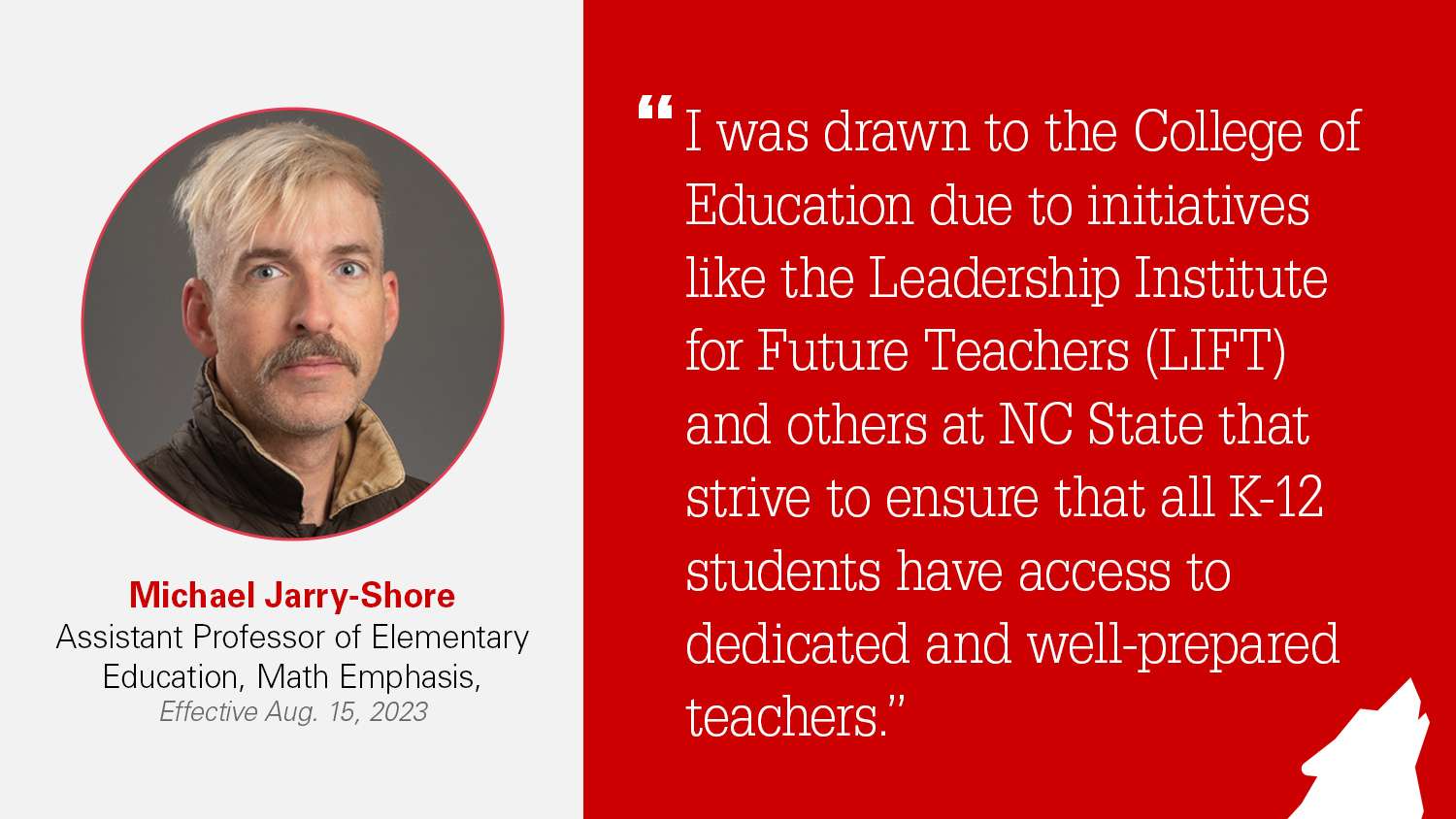One of the many jarring improvements motivated by COVID-19 was the swap to on the internet lecture rooms. For many, it is very good information that we have transitioned back again to fully in-person understanding this previous college year. This is significantly correct for younger persons who have been deprived by the on line learning ecosystem.1 But right before we walk away entirely from this time of on line mastering, it may be valuable to realize examples of how educators have been equipped to use technological know-how to improve interactivity and enhance learning prospects.
A single case in point is described by Becky Cary, a biology teacher at Duke University, who shared on the APM podcast Teach that working with functions in video conference applications to inquire students numerous preference concerns mid-lecture has specified her insight into which ideas students are and are not grasping.2 She learned that learners who elevated their palms in course were being not agent of the class as a full, as they have been the kinds who very best understood the content. She realized she was often going on from principles far too quickly, leaving some pupils behind. Because the Zoom polls are anonymous, Cary documented that they’ve enormously improved engagement and served notify her to gaps in understanding.3 These procedures are getting used in superior educational institutions as effectively: Thomas Aberli, principal of Atherton Substantial College, shared that his teachers have been integrating engagement concerns and swift quizzes into their lectures and also finding them to be helpful.4
In addition to providing teachers perception into their students’ understanding of the substance, these temporary examine-ins may possibly also benefit students’ learning. The tests impact is a well-supported phenomenon in academic psychology which indicates that getting tested on details encourages greater retention than just finding out the information outright.5,6 Educators may well continue on these fast and nameless information examine-ins in-individual employing university student engagement devices.
A further interactive instrument that has assisted some college students remain engaged and lecturers in the know are electronic on the net white boards. Leslie Gonzalaz, an English instructor at Jimmy Carter Early Higher education Substantial Faculty, describes how she utilizes it in her classes: “So if I have a concern, then every [student] can go forward and use a sticky observe and generate their answers, or produce ideas, or check with questions… [Back in the classroom] I would only have one scholar answering. Now, I can have all of them [answer].”4
Understanding administration methods (LMS) also permit for collaboration amongst students. Patrick Gannon, the communications and community engagement coordinator of the Pleasanton, California Unified School District (PUSD), explained that “Those facet conversations in the past have been regarded as cheating. When you deliver that into the LMS, then those people conversations turn into proof of collaboration, which is one particular of the key competencies we want to prioritize between the college students.”7
The switch to on the web finding out has also prompted educators to reconsider common screening procedures, and as a substitute evaluate understanding results by alternative approaches like discussions and student-led lessons.8 These approaches of evaluation may possibly replicate genuine-environment purposes of knowledge far better than various-alternative exams, and can be quickly translated to in-man or woman classroom options.
It ought to be noted that these examples arrive from properly-resourced high educational facilities that provide larger-profits students. There is persuasive data to recommend that the online expertise has not been as positive nor successful for youth from less than-resourced backgrounds, and has exacerbated finding out difficulties for these presently educationally behind. Maybe one particular of the main takeaways from this time of distance discovering is the constructive influence that technological innovation can have on learning– particularly when it is equally available and dispersed to all youth.
I would like to thank Allison Salter, who was a important contributor to this blog site.

